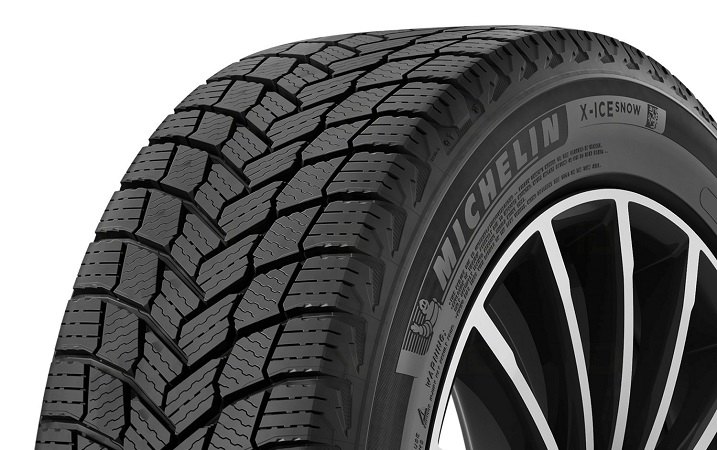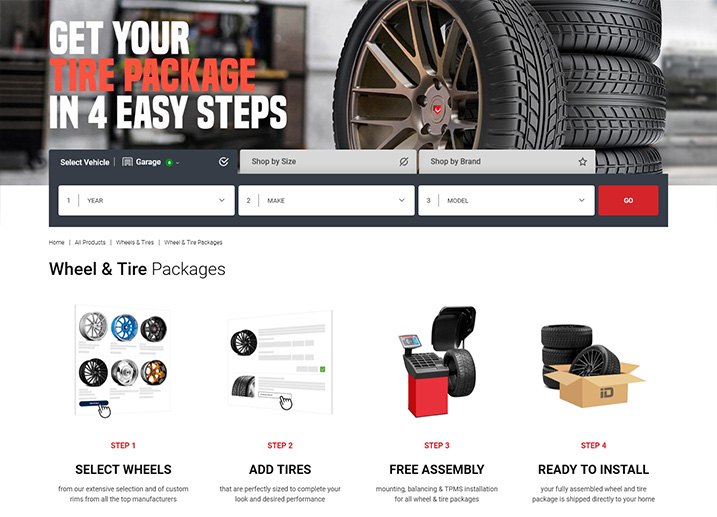Modern automotive technology has brought so many wonderful things into our lives, features that we now sometimes take for granted. Today’s shoppers have bountiful choices for drivetrains: front-wheel- drive (FWD), all-wheel-drive (AWD), or rear-wheel-drive (RWD), each with its advantages. Among U.S. produced cars, RWD was just about the only choice through much of the 20th century. An engine in the front, a driveshaft running down the length of the car, and a rear axle delivering power to only the rear wheels was how American cars were designed right through the 1970s; the only exceptions of note were the Cord automobile of the 1930s, and the Oldsmobile Toronado and Cadillac Eldorado models of the 1960s.
Import cars were engineered differently. The most popular of them, the VW Beetle, had its engine in the rear, but still only delivered power to the rear wheels. While Citroen promoted FWD as far back as the 1930s, that French brand was never a big seller here. It was Honda and Subaru in the 1970s which led the change to FWD; eventually, large segments of the rest of the industry followed.

Four-wheel-drive (4WD), optional on trucks, was different from AWD in that the driver controlled the switch from delivering power from two wheels to four wheels, done via a manual control. When “sport utility vehicles” (SUVs) became big sellers in the 1990s thanks to the Ford Explorer and Jeep Grand Cherokee, AWD, which delivered power automatically to all wheels, was introduced to a wider audience. The vehicle manufacturers then began to equip passenger cars with the technology.
Anyone who has driven or even ridden in an AWD vehicle has marveled at the traction improvement. With engine power delivered to all four wheels, a vehicle on a slippery surface has a much better chance of gaining traction. There is also the additional level of safety when motoring in less-than-ideal conditions such as ice or snow. For a driving population long taught that “snow tires” were a winter requirement, AWD has shifted car owners’ perceptions. If traction is so greatly improved, could the extra expense of a second set of tires be skipped? A casual look around as I drive down the road seems to show that a fair number of AWD vehicles don’t bother with winter rubber.

So, myth or truth? Vehicles with AWD do not need any further traction advantage which might be gained by using winter tires.
Our answer is: this is a MYTH.
There are two major reasons why we have labeled this a myth. One concerns the basic laws of physics. The other concerns engineering improvements in rubber compounds. First, let’s go back to school and talk about those laws!
There is no denying how extraordinary AWD can be when driving in the slippery white stuff. Sending power to all four corners greatly increases the likelihood that a tire will get a ‘bite’ in snow, and once the vehicle is moving at all, momentum helps the other tires gain traction as well. This is great stuff, provided that the driver’s only goal is to move forward in a straight line. But what happens when it’s time to change direction or slow down? This is where we reference “the unbreakable laws of physics”. All wheel drive power from the engine provides no help at all if the driver is making a 90-degree turn, or if the brakes are applied. A two-ton SUV, rolling on a snow-packed surface, is totally dependent on friction between the tires and the ground to complete a turning or stopping maneuver. It isn’t going to work well when snow, ice, sand, or even plain water act to reduce friction. AWD provides no assistance at all in these conditions. What is needed is something to improve the coefficient of friction “where the rubber meets the road”.

This brings us to the second reason why we have labeled this a myth. What used to be known as ‘snow tires’ are now more properly referred to as ‘winter tires’. What’s the difference, you ask? Advancements in rubber compounds have given us tires sticky enough to grip better when surfaces are wet. The old appellation of ‘snow tires’ refers more to tread patterns with ‘teeth’ to bite into anything that could be grabbed. The newer name of ‘winter tires’ highlights a combination of deep tread and sticky rubber; AWD or not, tires using this compound will vastly improve a driver’s ability to steer and stop in snow.
When we combine the two, AWD plus winter tires, the traction advantages on snow and ice are huge. While it is never going to be as good as dry pavement, if the driver is willing to practice some best practices behind the wheel (gentle applications of gas and brake pedals, no sudden direction changes, and slower speeds), the likelihood of successfully motoring from point A to point B rises dramatically.

If you’re in the market for winter tires, look no further than CARiD. We carry everything from the best-known name brands to value-priced bargains. Better still, consider a winter wheel and tire package which will greatly simplify the seasonal changeover. With a simple set of hand tools, you can even perform that switch in your own driveway.
And remember, at www.CARiD.com, You Are What You Drive!

